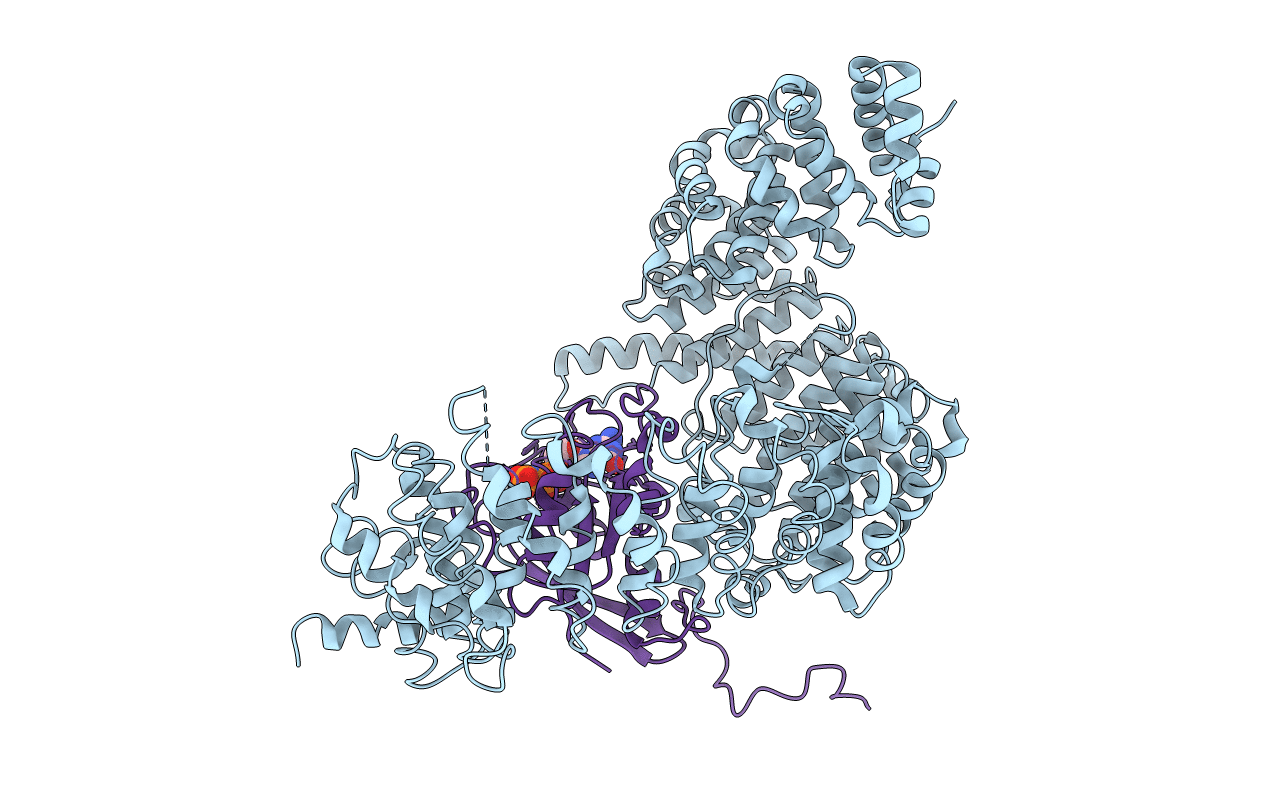
Deposition Date
1999-04-23
Release Date
1999-06-01
Last Version Date
2024-10-30
Entry Detail
PDB ID:
1QBK
Keywords:
Title:
STRUCTURE OF THE KARYOPHERIN BETA2-RAN GPPNHP NUCLEAR TRANSPORT COMPLEX
Biological Source:
Source Organism:
Homo sapiens (Taxon ID: 9606)
Host Organism:
Method Details:
Experimental Method:
Resolution:
3.00 Å
R-Value Free:
0.31
R-Value Work:
0.26
R-Value Observed:
0.26
Space Group:
P 32 2 1


